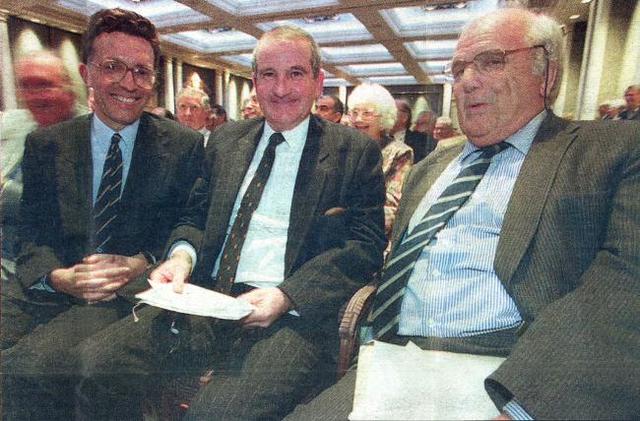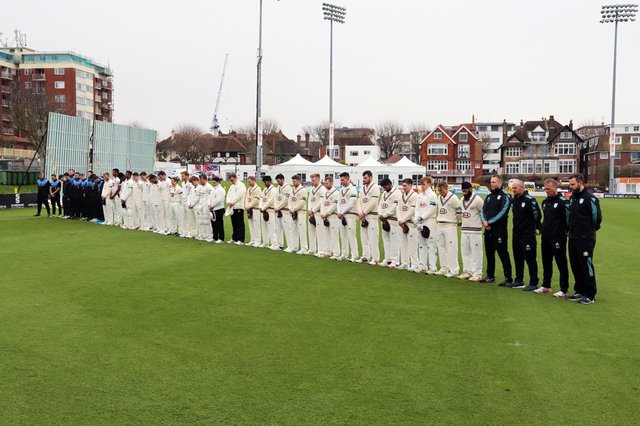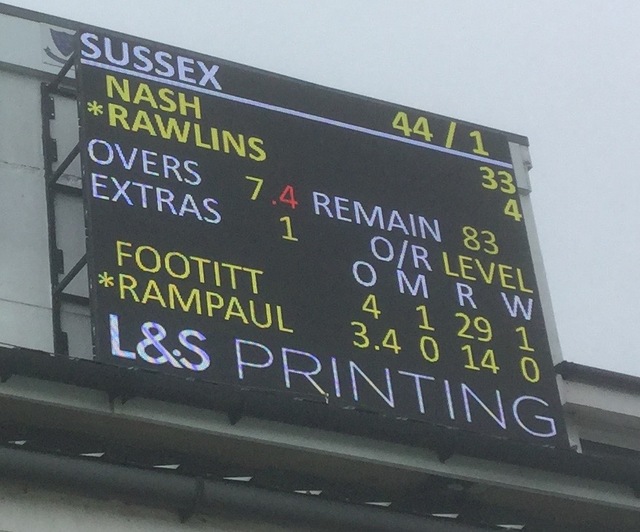'10 Years On The Controversy Surrounding Bob Woolmer’s Death Remains'
_____________________________________________________________________________________________________________________________________________________________________________________________
In late October 2007, Dr Ere Seshaiah, the pathologist who had carried out the initial autopsy on Bob Woolmer seven months earlier and had stated his death on March 18th was murder; under questioning from an ICC lawyer at the coroner’s inquest refused to back down from his conclusion. Dr Seshaiah told the court, “I am not deviating from my findings. I have already told you of my opinion…” and vehemently disagreed with the ‘natural causes’ ruling.
This repeated his standpoint from June 13th, after police had changed his denouement of murder to natural causes when securing various second opinions. Dr Seshaiah was quoted in the
Jamaica Observer, “I am sticking to my conclusions. He was murdered.” Adding, “I am confident he was murdered. Woolmer is not a first for me, I have been doing autopsies here since 1995.” His opinion being that Bob Woolmer was first poisoned by a dose of an insecticide called Cypermethrin and then asphyxiated via manual strangulation.
______________________________________________________________________________________________________________________________________________________________________________________________
Back in Mid-March, no sooner than his shocking revelations were passed on to an amazed media by the Head of the investigation, Mark Shields, the Deputy Police Commissioner of Jamaica, the Pakistani team and the PCB clamoured for a second opinion as in the midst of the frenzy, even certain Pakistani players were being accused of murdering their Head Coach.
Mark Shields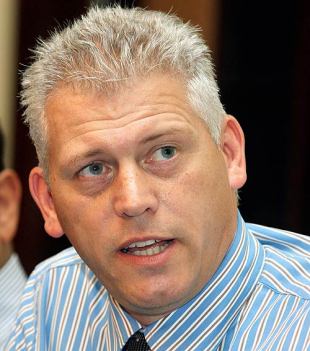
The story, during the 9th series of the One Day ICC Cricket World Cup being played in the West Indies, was one of the biggest ever to hit the sporting world.
Rumours were flying.
The Guardian wrote, “Woolmer had been found with cuts to the bridge of his nose. Was this evidence of a struggle? Police briefings appeared to indicate that Woolmer's killer may have come from within the Pakistan camp. Soon afterwards, it was reported that three Pakistan officials had gone missing and were now suspects. Reports surfaced of a row between Woolmer and his players on the team bus after the Ireland defeat…” It was even suggested that he was writing a book that highlighted extensive match-fixing within International cricket.
Not surprisingly, pressure on Mark Shields was immediate. Only two days after announcing the shock verdict “Something changed,” continued
The Guardian. “During a press briefing Shields's body language betrayed doubt. He had been '100 per cent certain' that Woolmer was strangled. Now he qualified his conviction to avoid being, as he put it, 'professionally embarrassed’."
The timeline of the investigation is well documented in this
ESPNCricinfo feature.
www.espncricinfo.com/woolmer/content/story/286045.htmlDuring the coming months Shields brought in not one but an assortment of second opinions and finally by mid-June, Jamaican Constabulary Force commissioner Lucius Thomas told the media that three independent overseas pathologists had ruled out any foul play in the death of the Pakistani coach. Instead, Bob Woolmer had died of natural causes from possible heart complications.
_______________________________________________________________________________________________________________________________________________________________________________________________
So, who was Dr Ere Seshaiah, the man at the centre of the storm?
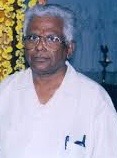
Indian-born, he graduated from medical school in 1972 and worked for various Indian health centres before being employed in the forensic dept of the esteemed SV Medical College, Coimbatore until 1994 before leaving for Jamaica where he was appointed as the Chief Consultant Forensic Pathologist and Director of the Legal Medicine Unit in the Ministry of National Security. He had been carrying out Jamaican autopsies for 12 years, many being murders given the island has the third highest number of homicides per population in the world. He was respected by both his co-workers and the Islanders. Which begs the question. How could someone of his experience make such an elementary error concerning the hyoid?
Former South African cricketer and Coach, Clive Rice, believed Woolmer was murdered and held this view up until his own death in July, 2015. Rice, a close friend of the deceased, stated in a
Mid-Day.com interview that he had never bought the "official" theory.
"I have serious doubts about Woolmer's death,” he said. Through his own investigations, Rice wanted to know why in the fifth week of the inquest, a subpoenaed witness, a local DJ called David Wong Ken who claimed he had shocking evidence of Woolmer’s demise, failed to appear; and questioned why the South African government did not conduct an autopsy on his friend’s body when it arrived in Johannesburg. Rice sought answers from the ICC but got none. He believed the investigation was “royally messed up” pointing out it would have been extremely embarrassing for the World Cup organisers if a murder had been revealed.
_______________________________________________________________________________________________________________________________________________________________________________________________
Bob Woolmer's body was found on the morning of Sunday March 18th, in the white-tiled bathroom of room 374, on the 12th floor of the
Jamaica Pegasus Hotel in Kingston. He was lying naked on his back, his legs splayed. There was blood in his mouth and vomit on the walls.
Bob Woolmer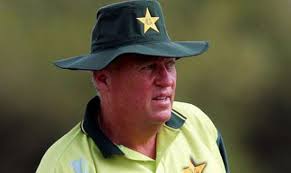
It was quickly assumed Woolmer had suffered a heart attack; there were even early suggestions, he had committed suicide, given Pakistan had just been humiliated and knocked out of the World Cup tournament by minnows Ireland.
But, some Jamaican detectives questioned the murder verdict. There was no forced entry; no major marks on his body; no sign of a struggle; nothing had been taken from the room. Whoever the murderer, it was likely Woolmer knew the person.
Meanwhile, focus turned to ill-health. Woolmer was taking medication for diabetes and suffered from high blood pressure; but close friend, South African journalist, Neil Manthorp, pointed out, “On the night he died, Bob was the lightest he had been for a decade. He went swimming every morning and had lost 15 kilos.” Adding, “He was strong and fit.”
But Manthorp admitted that close friends fretted over Woolmer’s coughing fits that were occasionally triggered by his favourite Thai food. Unfortunately, the police never revealed what his last meal was in the hotel room after he’d ordered room service at around 8pm.
On March 22nd, 4 days after Woolmer's death, Doctor Seshaiah warned Mark Shields that it was suspicious. While he had found an enlarged heart, a sign of a possible cardiac-arrest, the hyoid, a horseshoe-shaped bone in the neck, was broken - proof of strangulation. While, Seshaiah had initially missed this, he now believed that Woolmer had died of asphyxia. A toxicology report also picked up an insecticide poison in the bloodstream.
Pegasus Hotel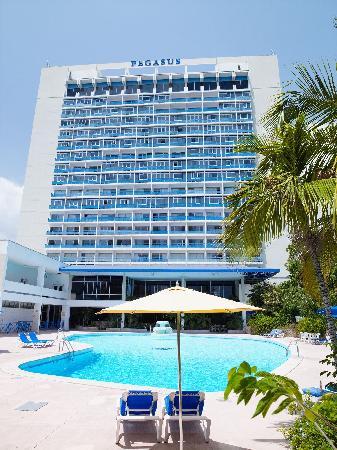
Yet, when second opinions were later sought, Home Office pathologist Dr Nat Carey was unimpressed. In mid-May, Carey sent a report to Kingston explaining that Woolmer was not strangled. The hyoid appeared intact. A Canadian pathologist corroborated Carey's findings. Yet, while one autopsy discovered the insecticide in the blood, the other found nothing. An increasingly desperate and confused Jamaican police then sought a third opinion.
Meanwhile, questions surfaced over whether the Dr Seshaiah autopsy met international standards. A study from Dundee University, reviewing the autopsy reports on several Jamaican murders, concluded a 'serious deficiency in being able to classify what was or was not murder'. Autopsies that should take several hours were in Jamaica taking on average 20 minutes.
The Doctor’s credibility was rapidly crumbling.
On June 7th, a third opinion from a female South African pathologist repeated that Woolmer had died from natural causes after reviewing Dr. Seshaiah's report, X-rays and photographs. "I have no reason to doubt my two other colleague's findings," she added. The pathologist then gave the go-ahead for Woolmer to be cremated.
A week later the case was officially closed. The verdict: It was not murder. Criticism immediately turned to the police including calls for Mark Shields resignation but Woolmer’s family requested no public lynching, stating: “There is nothing to be gained or achieved by pointing the finger.”
Five months later Dr Seshaiah recovered some integrity. On November 28th, 2007 after hearing twenty-six days of evidence, the jury at the coroner’s inquest queried the three overseas pathologists conclusions by returning an open verdict, leaving ajar the possible strangulation theory.





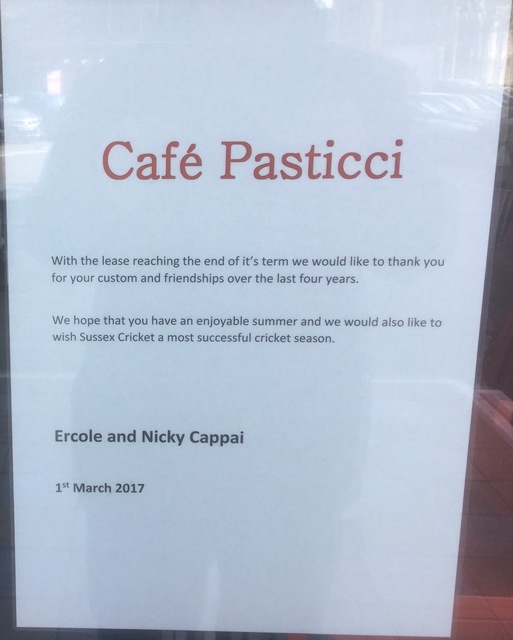

 What a wonderful life pre-season
What a wonderful life pre-season


 And why is Chris Nash posing like a male model? Surely, he should be holding the letter H for hunk?
And why is Chris Nash posing like a male model? Surely, he should be holding the letter H for hunk?